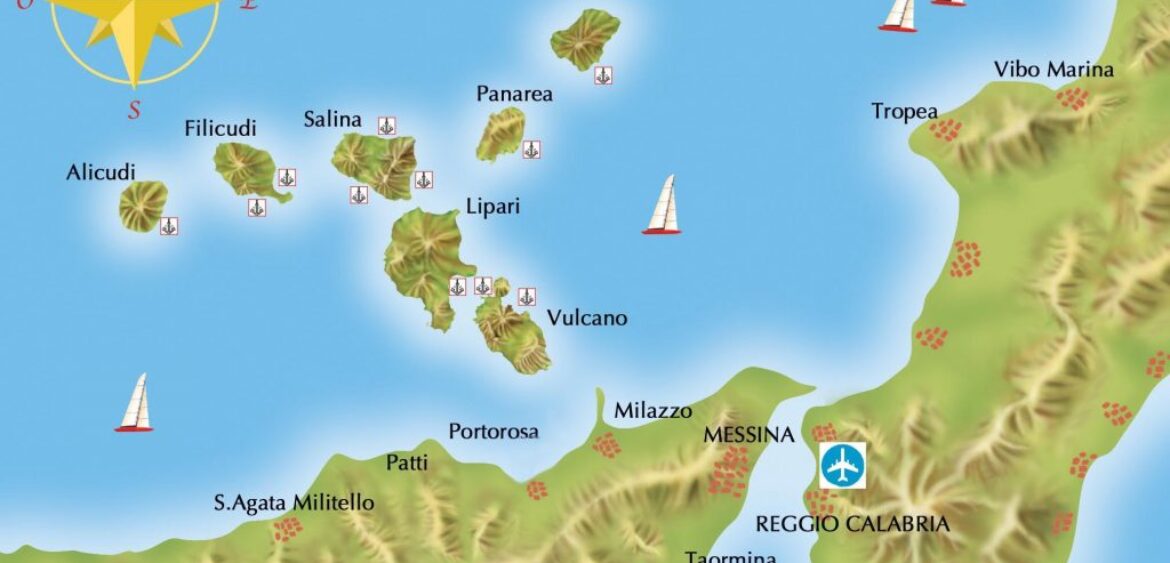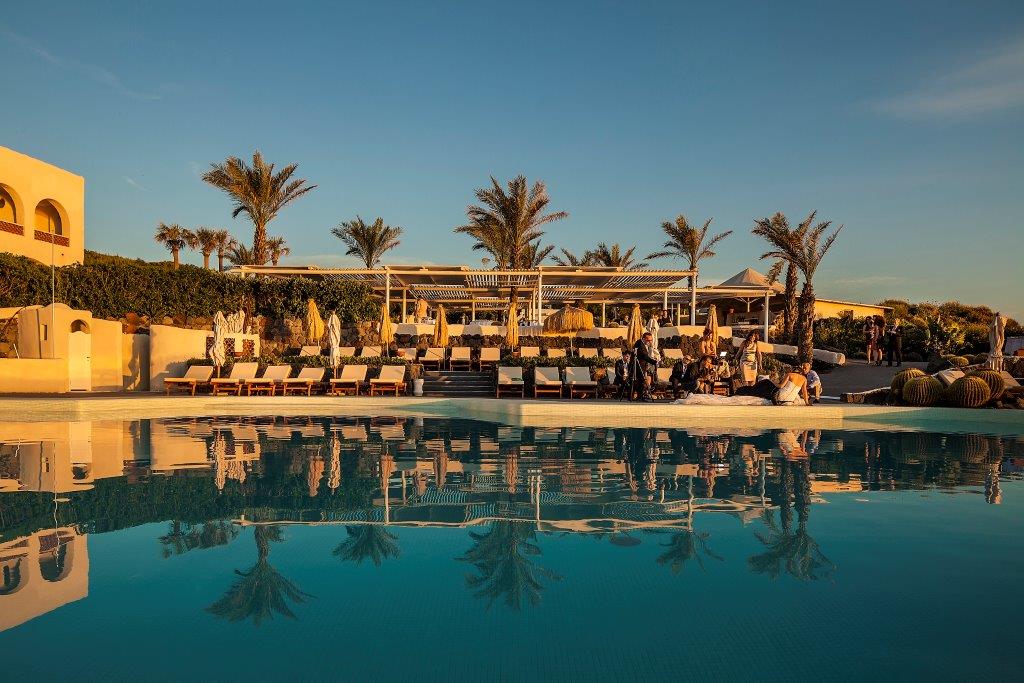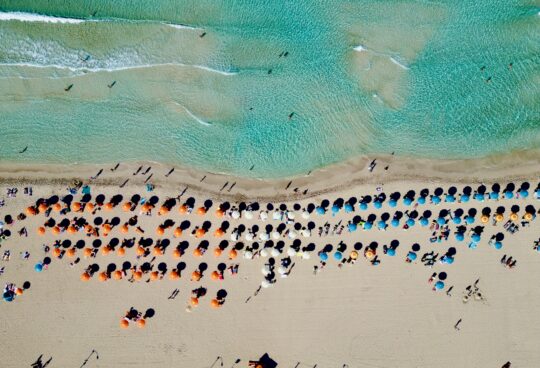Sicily DMC incentives: Aeolian Islands /Off the coast of Sicily, the Aeolian islands offer seas as clear as the Bahamas. Landscapes worthy enough to be film sets and exceptional restaurants. Smoldering volcanoes, bubbling mud baths and steaming fumaroles make these tiny islands north of Sicily a truly hot destination.
Sicily DMC incentives: Aeolian Islands Astonishingly beautiful and extremely varied. The seven islands and various uninhabited islets of the Aeolian archipelago were designated a Unesco World Heritage Site in 2000.
Their volcanic origins left a dramatic legacy of black-sand beaches, smouldering craters and splintered, rocky coastlines.
Island-hoppers can discover their individual charms: from the spartan conical Alicudi, where donkeys are the only form of land transport, to the international jet-set playground of Panarea.
North of Sicily in the Tyrrhenian Sea, the archipelago was named after Aeolus, god of the winds, by Greek settlers. This has been a volatile part of the world ever since Filicudi, the first land mass, emerged from the sea 600,000 years ago.
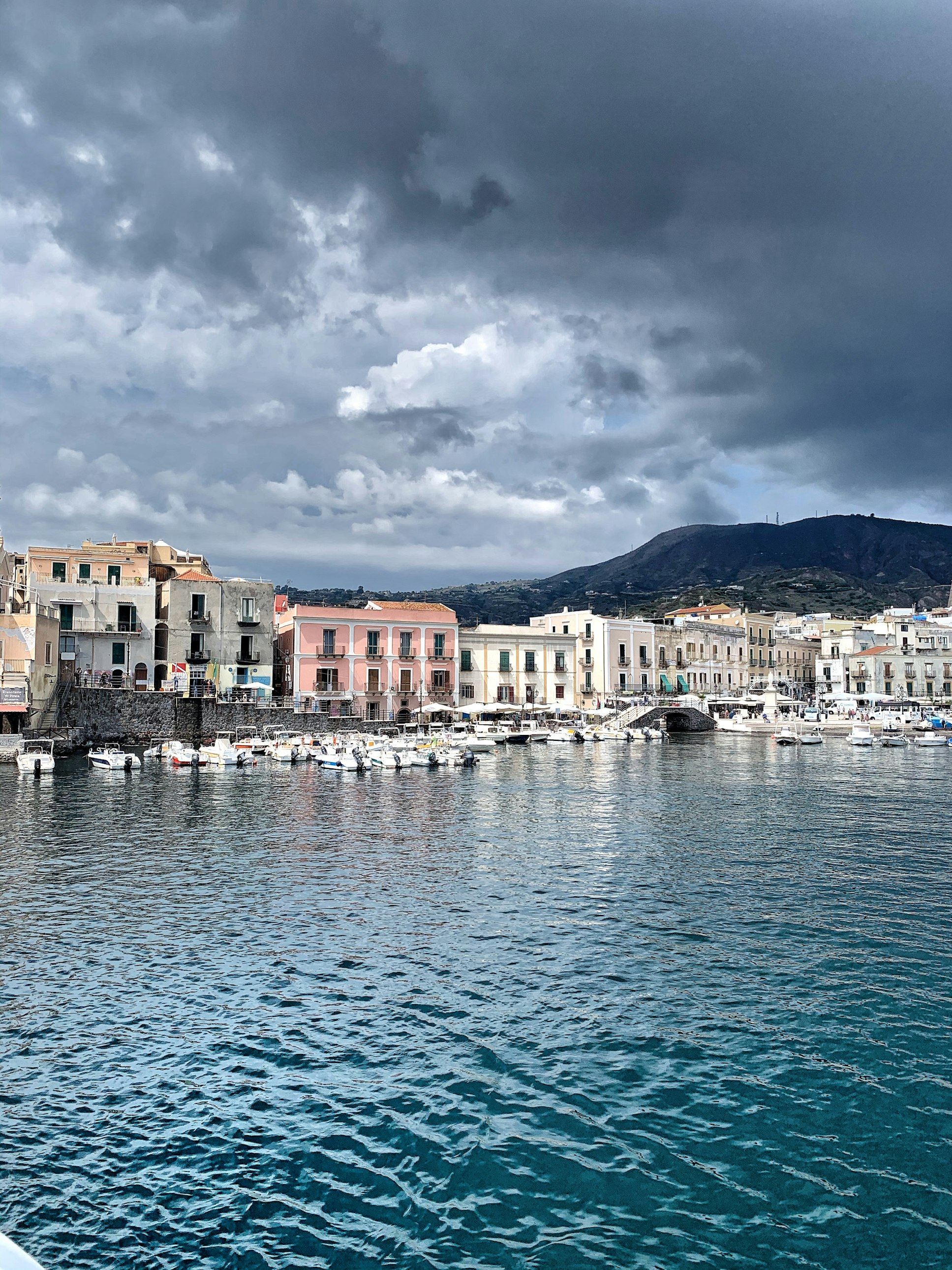
Foto di Razvan Horhat su Unsplash
There are two active volcanoes, Stromboli and Vulcano, and volcanic activity of some kind, whether steaming fumaroles or thermal waters waiting to https://youtu.be/sZsgEP61oAobe tapped, on most of the other islands. Winter storms see the islands cut off for days.
Like many coastal communities, the islands, with a total population of 10,000, have very different characters depending on the season. The head count swells to 200,000 in summer: ports fill with yachts; bars and beaches overflow with the very beautiful and the very wealthy.
In August, the rich and famous sail in to Panarea on their multi-million-euro yachts to occupy villas or €500-a-night hotel rooms, and they don’t do it quietly.
This is easily the most fashionable and expensive of the islands, but there is more variety in the Aeolians than a quick jaunt around Panarea’s shores in peak season might lead you to believe.
Lipari /The largest of the Aeolian Islands, Lipari is also the only one with a sizeable town, a substantial year-round population and much in the way of industry.
Pumice quarries have taken huge bites out of the mountains, though mining has recently been banned and there are plans to create a ‘geo-park’ with an eco-museum and thermal baths.
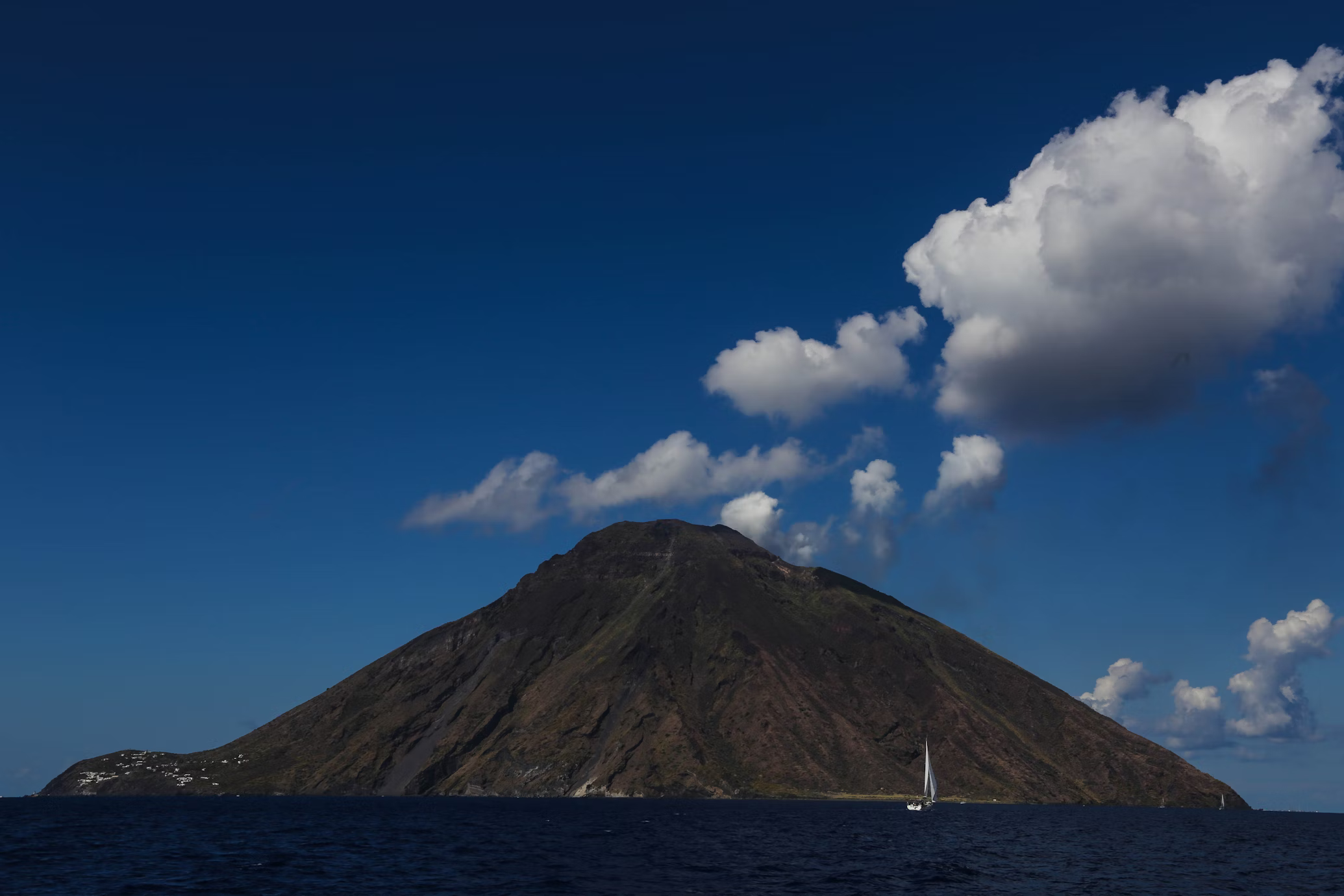
Foto di Bernd 📷 Dittrich su Unsplash
Although the town has its attractions (the fortified acropolis, some flower-hung alleys, the pretty harbour of Marina Corta), it’s not a very sophisticated place.
Gaudy sarongs, mass-produced jewellery and overpriced tourist menus compete for visitors’ attention with hardware stores, chandleries and the archipelago’s main supermarket.
The coast around here is wild, rocky and, best of all, undeveloped, with splintered rocks offshore and extraordinary views.
It’s inaccessible by car, but you can reach it on foot at Valle Muria, where there’s a beach (and, in season, boats to and from the port), or at Punta delle Fontanelle.
The coastal highlight is the footpath along the coast between the Terme di San Calogero and the kaolin quarry at Bagnosecco, where the surface of the creamy white kaolin has been stained indigo, violet, orange, mustard, blue and verdigris by emissions from steaming sulphurous fumaroles.
Vulcano /Although awash with eminently marketable novelties (a constantly smouldering volcano, the chance to wallow in warm mud baths and swim above bubbling mid-sea fumaroles), Vulcano has been developed in careless fashion.
The little town has the unfinished look of a Western film set, and the promontory of Vulcanello is studded with bland luxury hotels.
There’s also nowhere decent to eat, though this isn’t necessarily a bad thing: the pervading rotten-egg stink of sulphur may already have killed your appetite.
The path up to the crater begins about a kilometre out of town on the road to Gelso, marked by a sign warning of the dangers of inhaling volcanic gases.
The climb (access €3) takes less than an hour, though you’ll need hiking boots to cope with the slitheriness of the ashy track.
The Fanghi di Vulcano (mud baths) and offshore fumaroles are a couple of minutes’ walk from the port. Don’t wear contact lenses, don’t let kids play in the mud – and don’t be surprised if you stink of sulphur for a couple of days afterwards.
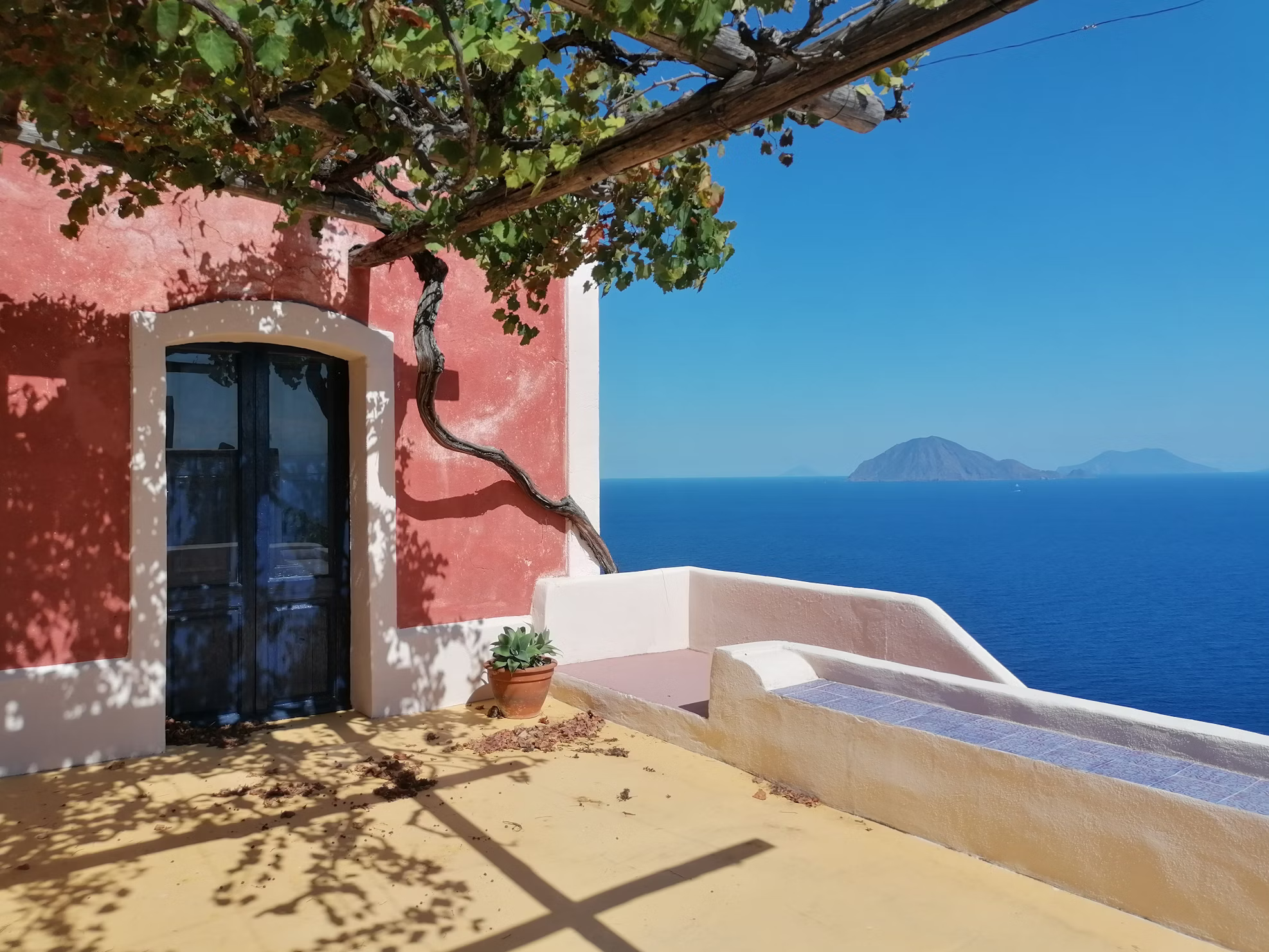
Foto di Giuseppe Gallo su Unsplash
Alternatively, you could head to the rather more genteel Oasi della Salute spa, which has three thermal hydromassage pools and a beauty centre (00 39 090 985 2093, closed October to March).
Salina /Twin-peaked Salina is the greenest of the islands, famous for its starring role in the 1994 film Il Postino.
Santa Marina Salina, the main port, is notable for its long, traffic-free main street, where chic boutiques and down-to-earth food shops occupy the ground floors of the substantial 19th-century houses built by those who made their fortune selling sweet Malvasia wine to the British.
Most of these entrepreneurs lost their fortunes in 1890 when phylloxera destroyed 90 per cent of the vines and prompted a mass exodus to Australia (and the start of that country’s wine industry), but viticulture in the area has been revitalised.
Local wines can be tasted at vineyards such as Fenech at Malfa (, Caravaglio at Capofaro and D’Amico at Leni.
The story of the island and of the emigration are vividly evoked in two tiny folk museums, the Museum of Emigration in Malfa and the Ethnographic Museum in Lingua . However, you are more likely to want to spend your time in Lingua lying on the stony beach or lingering over a granita at the famous Da Alfredo bar.
Spring and autumn are the best times to climb Monte Fossa delle Felci, the highest peak in the archipelago (summer being too hot and winter prone to sudden storms). The best way to see the south of the island is to take a bus to the village of Leni then follow a series of mule tracks down the mountain to Rinella, where there’s good swimming from a black-sand beach.
If you can, try to be at Pollara, the setting for Il Postino, at sunset. A simple trattoria, Il Cappero, and a hotel, La Locanda del Postino , have recently opened here, but there are no shops or bars out of season.
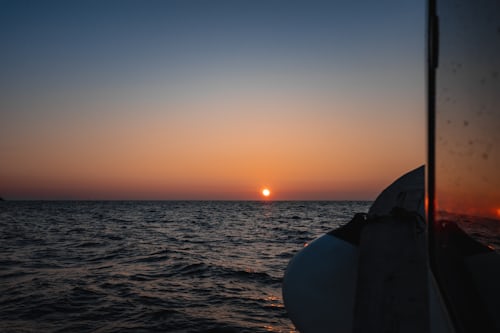
Foto di Vadzim Ramanovich su Unsplash
Panarea /If you aren’t a member of the rich and famous posse who hang out at painfully cool Hotel Raya or take their sunset aperitivi at the Bridge Sushi Bar in the port, Panarea in August is probably best avoided.
But if you want to swim, walk or take boat trips around what is probably the most beautiful of the Aeolian Islands, come in spring or autumn. The hotels are generally pretty expensive, but Pippo and Maria have perfectly nice rooms to rent in a quiet part of the village.
Be sure to take the 40-minute walk to the dark gold sandy beach of Zammarà and the magnificent bay of Cala Junca beyond, at the foot of a promontory topped by the foundations of Bronze Age huts.
A 20-minute walk to the other side of the village brings you to the beach of Calcara, where fumaroles steaming through sulphur-stained rocks led ancient Panareans to believe it was an entrance to the Underworld.
A boat trip out to the offshore islets is another must. The formation and colours of the rock on each are unique.
Below tiny Basiluzzo, when the sea is calm and clear, you can see the remains of a Roman port and clamber up to the ruins of a Roman villa; nearby Lisca Bianca has submarine fumaroles bubbling at the surface of the sea, little sandy beaches and cliffs that have been stained yellow.
Stromboli /When Roberto Rossellini and Ingrid Bergman arrived on Stromboli in 1949 to shoot Stromboli, Terra di Dio, there was no hotel.
A local teacher, Domenico Russo, provided Bergman with a house and secured the house next door for Rossellini, so the two could meet without compromising their reputations.
After the film was released and tourists began to visit Stromboli, Russo opened the island’s first hotel.
These days, it’s the volcano that attracts most of Stromboli’s visitors. The vast majority arrive brandishing alpenstocks and looking like hopefuls for the Foreign Legion.
But if you’re in reasonable shape, all you need to reach the top is trekking boots, a torch, a warm jacket, some water for your place on a guided walk, which takes two hours and is timed so that you arrive on the summit at sunset.
The best beaches on Stromboli are the little coves of black sand tucked into lava crags along the coast at Piscità, from which there are fine views of the islet of Strombolicchio.
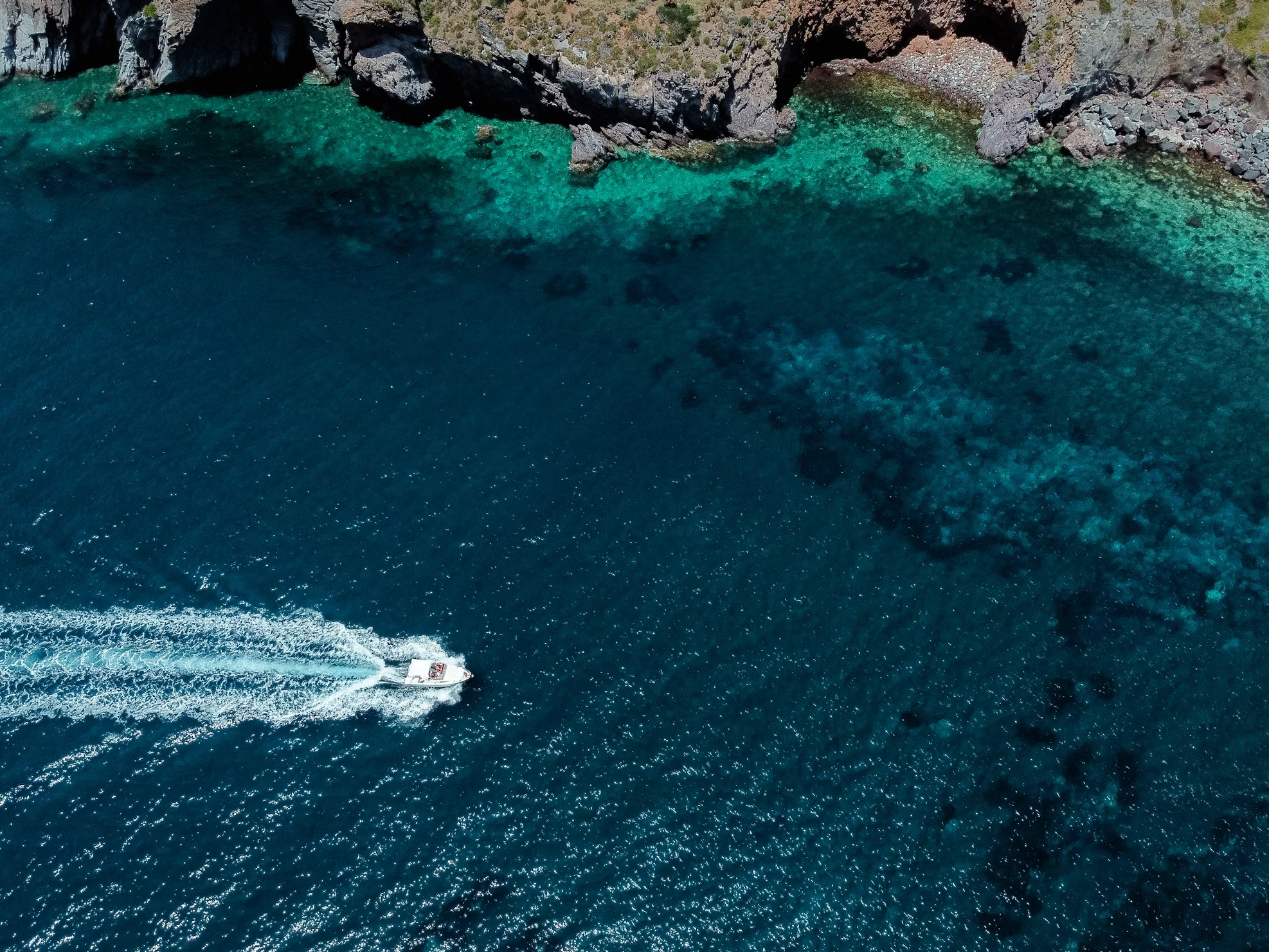
Foto di Reegan Fraser su Unsplash
Filicudi & Alicudi
The tarmac road that connects the small settlements on Filicudi gives a false impression of the island.
Villages that seem far apart are just a few minutes’ walk from one another along the old mule tracks that cut through the terraces, and the island as a whole is best seen on foot or by boat.
With a seabed that’s home to scores of ancient shipwrecks, Filicudi offers some interesting diving. If you don’t dive, take a boat trip around the island to see the hidden sea grotto, scene of a candlelit festival every year on 15 September.
The port is the least attractive part of the island.
Head instead for the tiny fishing port of Pecorini a Mare, where there’s little to do except eat good food, beachcomb (Filicudi has some of the best shells in the archipelago), and walk up to the clifftop belvedere to watch the sun set over the rock known as La Canna.
Alicudi, by contrast, is an uncompromising cone rising from the sea, and can be scaled only by heaving yourself up steps a giant’s stride high. Most visitors love it or hate it.
There are just 80 year-round inhabitants and, it’s said, most of them loathe the sight of each other. Rumour, superstition and ghost sightings abound, as does the conviction that some Alicudari are blessed with the power to divert cyclones.
Where to stay
Lipari: VILLA MELIGUNIS
Villa Meligunis, a well restored historic residence of the eighteenth century, today is a comfortable and prestigious four-star hotel situated in the heart of the ancient centre of Lipari.
The Hotel is located in the characteristic fishermen’s quarter overlooking the small port of Marina Corta; surrounded by typical houses of the period, small lane ways and piazzas, and free of urban traffic.
Hotel Villa Meligunis is also in prime position in front of the majestic acropolis, the “Castello”, the ancient civitas, dating back to civilizations of six thousand years ago, and all beautifully displayed in the famous Archaeological museum Luigi Bernabò Brea, one of the most important in the Mediterranean.
The interiors of the Hotel offer a relaxing and welcoming stay in a refined and comfortable ambiance, reflecting the best traditions of Aeolian hospitality. Mixing modern and antique design the reception rooms house an important exhibition of modern Italian art.
The rooftop terraces are where the restaurant, bar and swimming pool are located. Here they enjoy wide sweeping views of the sea, the fishermen’s quarter and the ancient “Castello”. The restaurant “Le Terrazze” offers a rich menu of local and regional traditional recipes.
Vulcano: THERASIA RESORT
Charming resort situated on the island of Vulcano, one of the seven Aeolian Islands, at approximately 1km from the beach and centre of Vulcano, easily accessible by the hotel courtesy coach.
The hotel’s stunning location boasts views over the entire Aeolian Islands; Lipari, the largest of the islands (located at just five minutes by hydrofoil from the hotel) with its majestic Faraglioni, and the islands of Salina, Stromboli, Panarea, Alicudi and Filicudi, all within easy access by hydrofoil.
The dazzling white hotel stands out against the promontory of Vulcanello fragranced by the clean sea air and delicate wild flowers. Respecting its environment only local materials have been used to restructure the hotel; molten rock from Mount Etna, Sicilian terracotta and cedar and olive wood.
Therasia resort is the ideal location for lovers of the Mediterranean, offering relaxing stays in intimate, elegant surroundings. Therasia Resort, memorable stays deep in the Mediterranean. The resort, home to 97 guest rooms, is constructed of lavic stone from Etna, Sicilian terracotta and hand-made natural local stone.
The attentive interior design renders Therasia a paradise of elegance and exclusivity with attention to the smallest detail in each corner of the hotel. The style and tasteful elegance together with attention to detail, give the resort a warm yet discreet atmosphere.
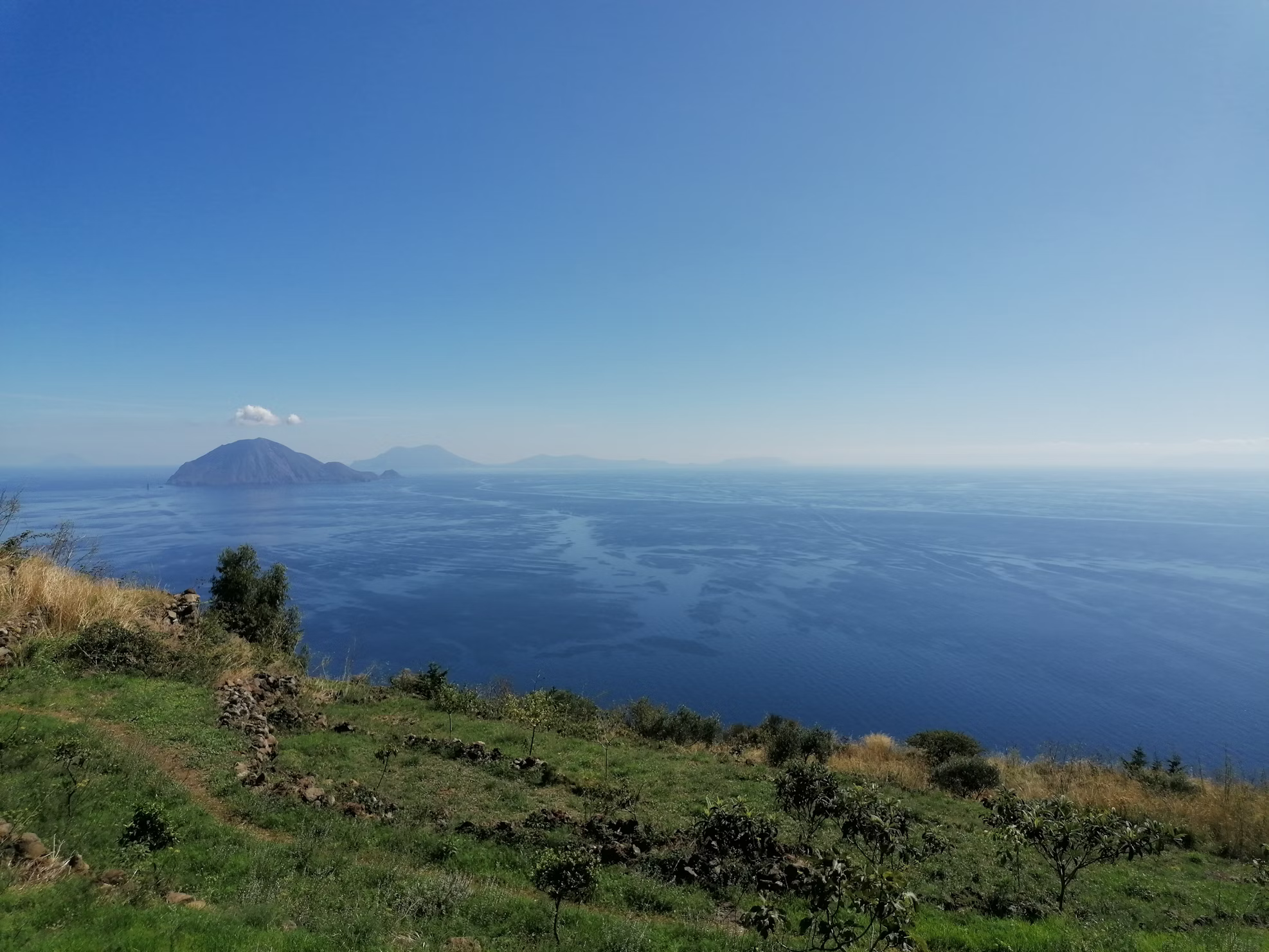
Foto di Giuseppe Gallo su Unsplash
SALINA: CAPOFARO


